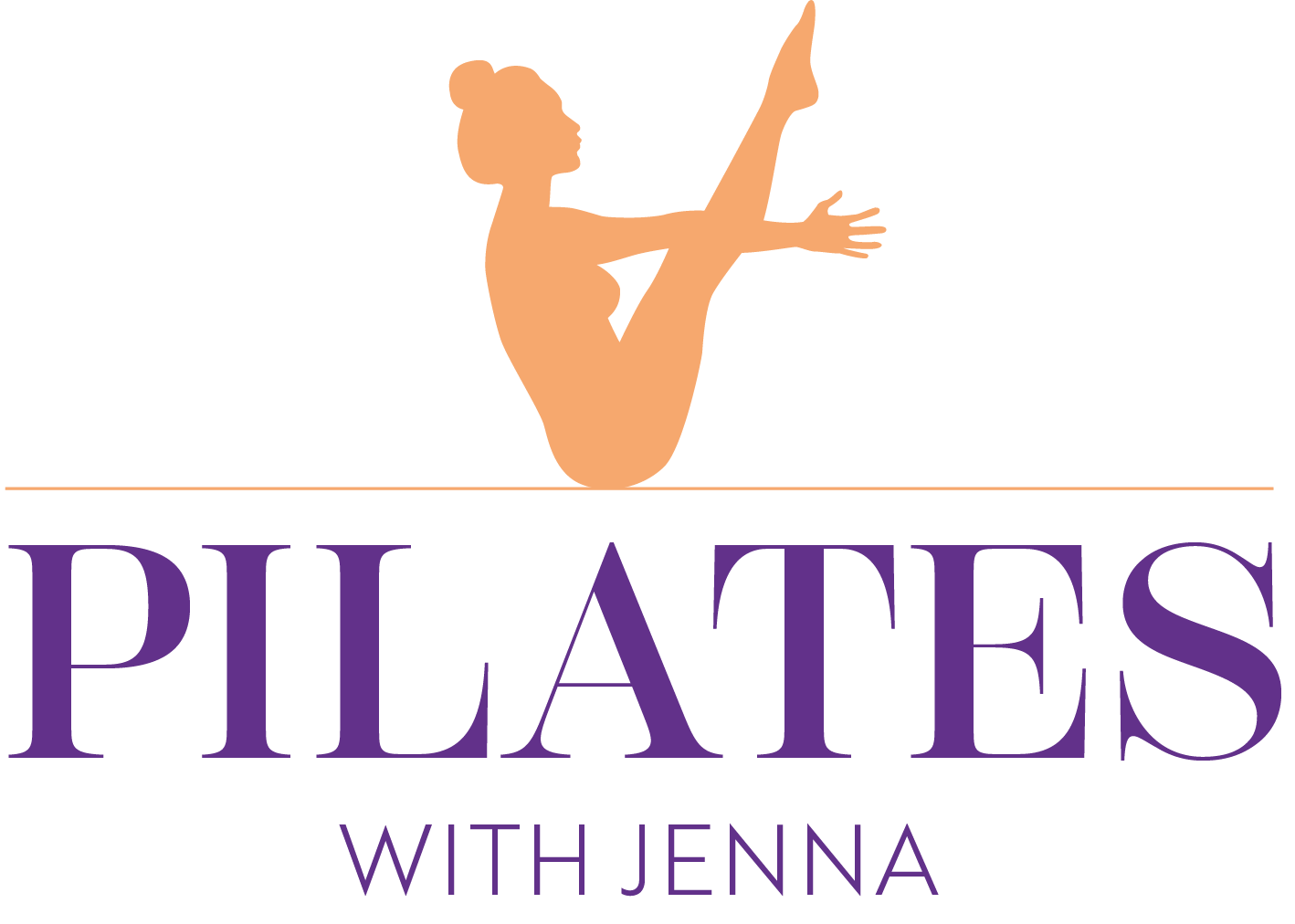Pilates is a low-impact exercise method focused on strengthening muscles, improving flexibility, and promoting overall body awareness. It was developed by Joseph Pilates in the early 20th century, and it combines elements of yoga, ballet, and strength training. Pilates exercises are typically performed on a mat or using specialized equipment, such as a reformer, which uses springs for resistance.
The practice emphasizes core strength (the muscles in your abdomen, lower back, and hips) but also works on improving posture, balance, coordination, and breathing. Pilates is known for its focus on controlled, precise movements and alignment. It can be adapted for various fitness levels and is used by athletes, dancers, and people looking for a low-impact but effective workout.



